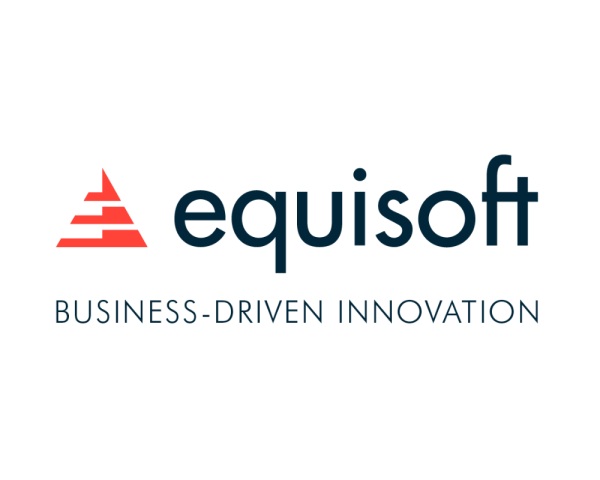Ever since the dawn of the Digital Age some 50 years ago, economists have debated the “productivity paradox.” We all see the incredible, accelerating power of digital technologies and watch them pervade all aspects of our lives, but where are the productivity gains?
The Industrial Revolution increased productivity so fast and created so much wealth in the 1800s that it transformed the world. Why isn’t what is often called the second industrial revolution (or third or fourth, depending on who’s counting) boosting productivity as effectively? Why has productivity merely been on a steady, unspectacular incline since the early 1970s?
Some economists say the problem is with the productivity statistics, not with productivity itself. They note that a lot of the gains from digital technologies simply aren’t measurable. Searching on Google lets you learn lots of things you wouldn’t have otherwise known, but how do you measure the increase? Even in a work setting, having the world’s information at your fingertips typically doesn’t mean that you’re producing the same output at lower cost or increasing your output at the same cost – the definitions of improvement used in productivity statistics. You’re maybe producing a better output at the same cost, but economists have a hard time measuring that gain. In fact, some digital technologies show declines in productivity. We no longer buy CDs, so all the work that goes into making the music on them now produces less revenue, even though people are listening to far more music than ever before.
Other economists say we simply need to be patient. It takes years, even decades, before fundamental economic changes can percolate their way through business practices and cause the kind of improvement that we saw in the Industrial Revolution. James Watt’s rethinking of the steam engine in 1776 created the technological breakthrough, but it wasn’t until someone else invented the factory and yet another person invented the limited liability corporation that the power of the engine was fully unleashed – and that wasn’t until roughly 1820. There was, in fact, a brief surge in productivity in the late 1990s, roughly three decades after the start of the Digital Age, and many economists say we can expect more in the future, based on all the technological gains.
I’d note that the disappointment about digital sometimes stems from a simple issue: unrealistic expectations about profitability. Companies will see efficiencies to be gained from digitizing and will predict improved profitability. But they forget that, while they’re becoming more efficient, the other guy is, too – and that those efficiency gains will be competed away.
That’s all a long way of saying that, while I’m generally an evangelist for technology, I’m cautious about accepting grand claims on how digital technology will transform business in short order.
So, having chronicled for years how digitization is creating opportunities in insurance, without quite producing the Holy Grail, I was more than a little intrigued when I saw a report from Liberty Mutual that highly digital agencies were growing 70% faster than their less digital rivals. To learn more, I sat down with Tyler Asher, Liberty Mutual’s president, independent agent distribution, for this month’s interview. I hope you find it as enlightening as I did, both on where the opportunities for breakthroughs are, and where they aren’t.
P.S. Here are the six articles I'd like to highlight this month for agents and brokers:
AN AGENT’S GUIDE TO OUTREACH IN 2023
In this new year, agents should branch out of their comfort zones and consider how to improve their efforts to identify and capture new business.
ENDING THE TEDIUM IN INSURANCE
Anyone who has purchased insurance by phone and a series of back-and-forth emails knows how slow and difficult that process can be. But it doesn't have to be that way.
20 ISSUES TO WATCH IN 2023
While there are certainly more than 20 issues to discuss, here are high-impact matters relating to workers’ comp, healthcare and risk management that need more attention.
7 KEY TRENDS IN 2023
To help industry players orient themselves, compete more effectively and better serve customers in an increasingly volatile world, here are trends to watch for.
HOW TO RISE ABOVE DISRUPTION IN 2023
Insurers started 2022 in a position of strength and still are in a good spot to drive down costs and increase demand, unless rising claims costs and market volatility continue.
BRANDED COMMUNICATION: A STRATEGIC ENABLER
At a time when few answer a call from an unknown number, insurers can identify themselves as a legitimate caller by displaying logos and a reason for the call on the recipient’s device.

















 Tyler Asher is President of Independent Agent Distribution at Liberty Mutual Insurance, heading up the combined $18.8B Liberty Mutual, Safeco and State Auto independent agent distribution organization.
Tyler Asher is President of Independent Agent Distribution at Liberty Mutual Insurance, heading up the combined $18.8B Liberty Mutual, Safeco and State Auto independent agent distribution organization.



